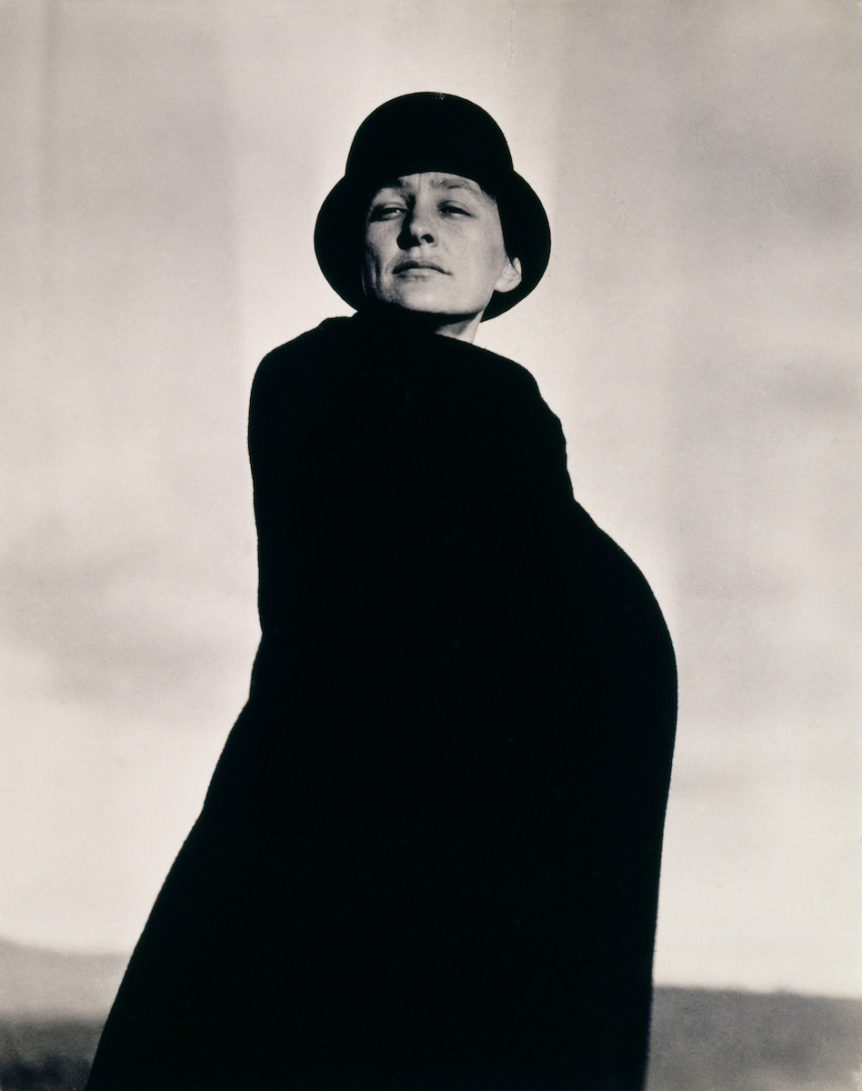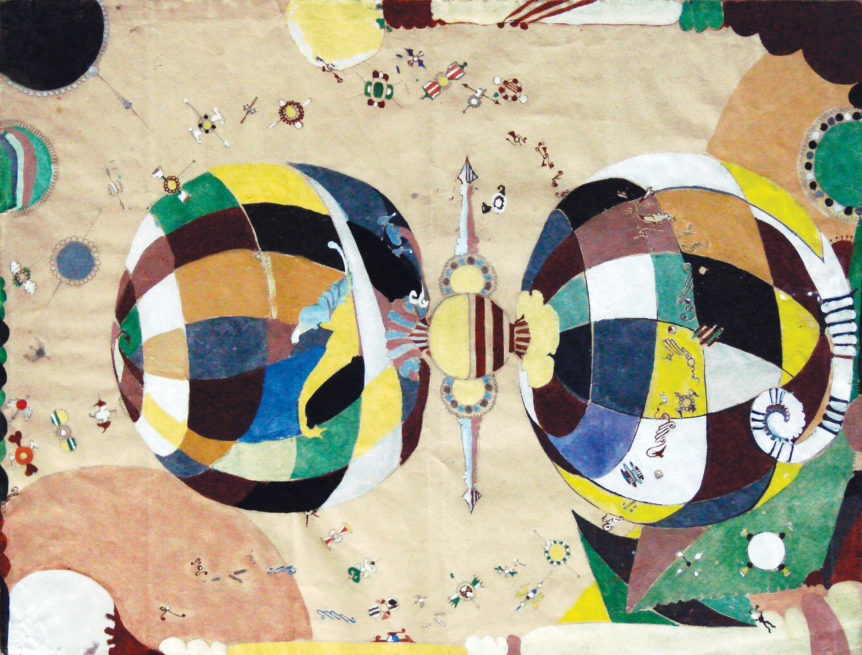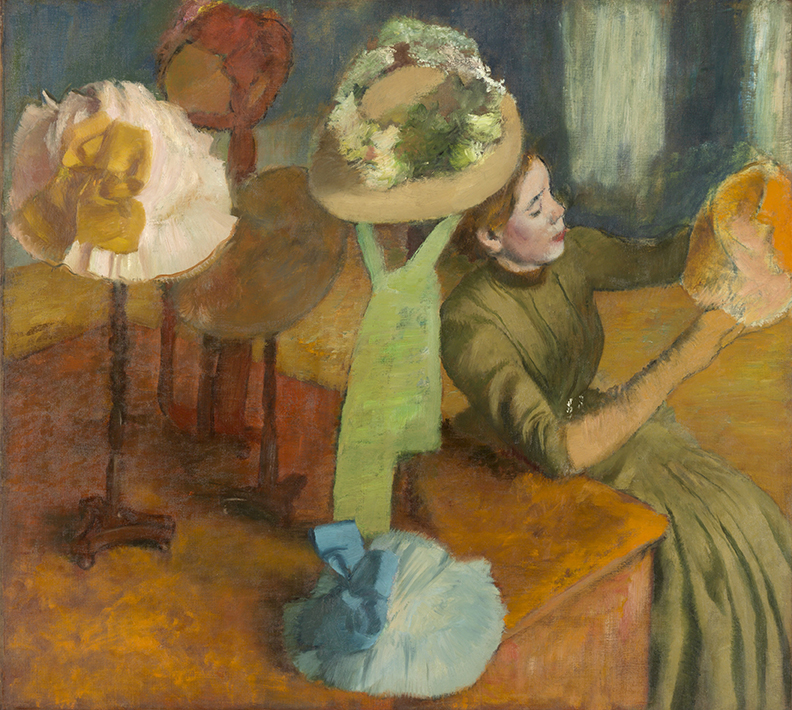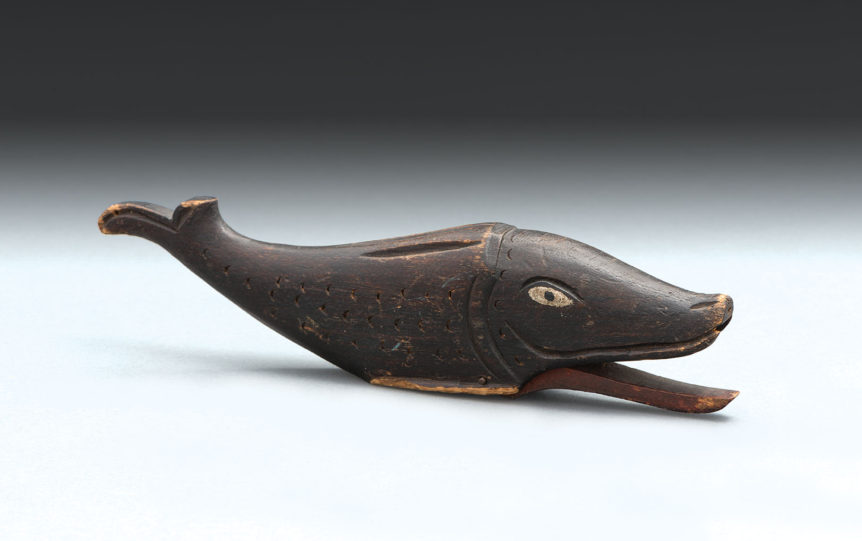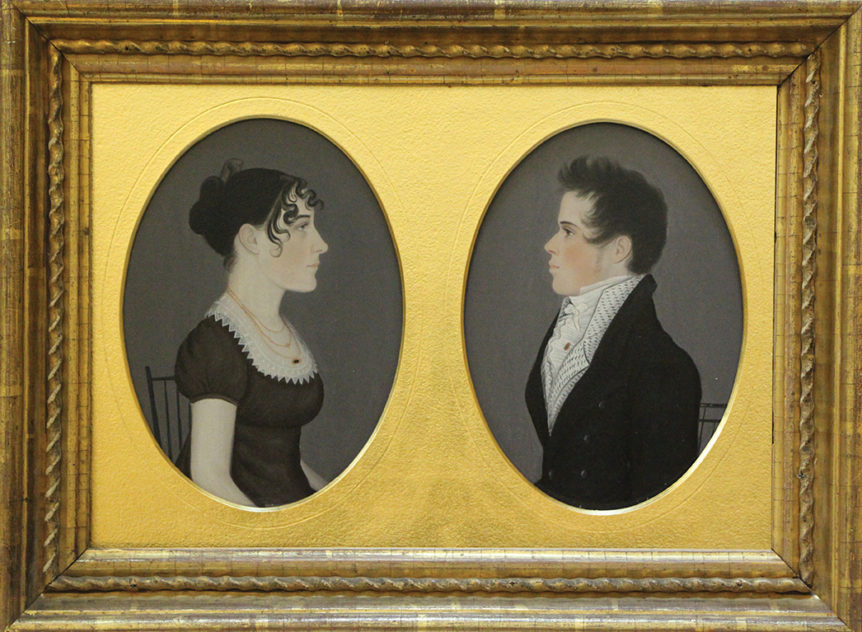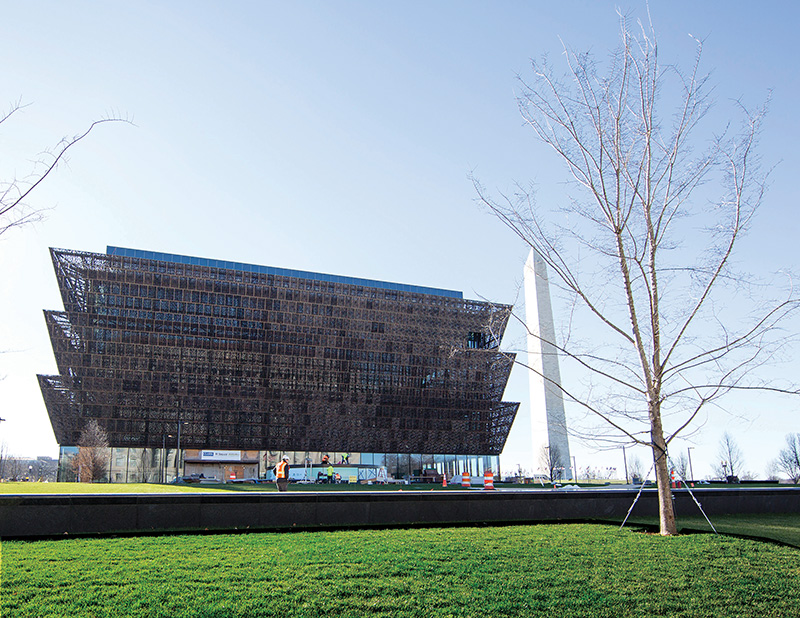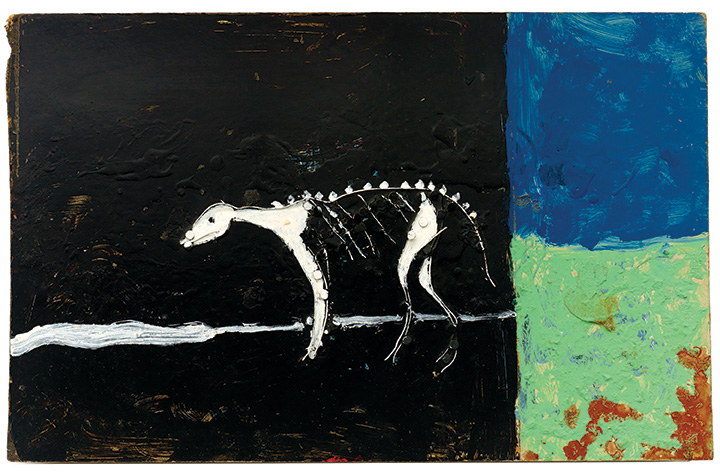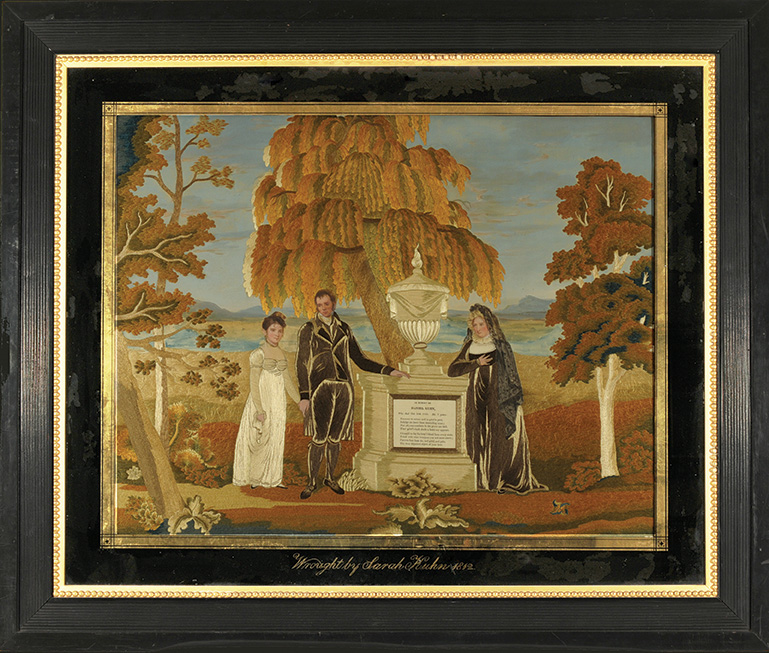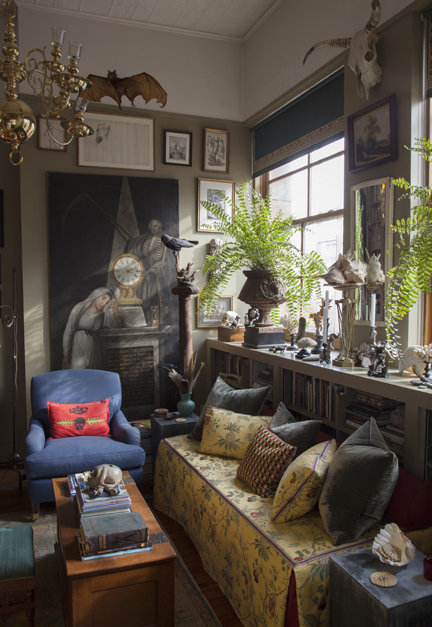The eighth edition of Dispatches, a new sporadical email newsletter about the arts of the past as they live in the present day by Elizabeth Pochoda, Advisory Editor, The Magazine ANTIQUES.
Mad Scientist
The strange, protean artistry of Eugen Gabritschevsky.
Life at the top
Edgar Degas and the Paris millinery trade.
Growing Interests: Expanding the collections at the Abby Aldrich Rockefeller Folk Art Museum
In 1926 John D. Rockefeller Jr. formally embarked on the project that would become the Colonial Williamsburg Foundation by purchasing Philip Ludwell’s house of about 1775 on Duke of Gloucester Street. That acquisition, the first “antique” in Colonial Williamsburg’s collection, came to play a pivotal role in the founding of what would eventually be the Abby Aldrich Rockefeller Folk Art Museum.
Mr. Boyd and Mr. Miles: A New York State portrait artist deciphered
Early nineteenth-century American portraiture includes a number of small profile likenesses in oil, pastel, and watercolor by artists such as C. B. J. F. de St. Mémin, James Sharples, Gerrit Schipper, and Jacob Eichholtz. All follow the European fashion for profiles, namely emulating those on Greek vases and Roman coinage, and are thus fitting for the neoclassical motifs and styles …
Whose history is it?
The National Museum of African
American History and Culture reshapes our nation’s story one artifact at a time
Let’s Just Call It Art
The work of Ronald Lockett, like that of Thornton Dial, Lonnie B. Holley, and others in the Birmingham-Bessemer circle, uses found materials to address environmental, historical, and political themes in ways that go beyond the usual categories. The youngest member of what, in retrospect, we might embrace as the Birmingham-Bessemer [Alabama] school, Ronald Lockett produced a body of roughly four …
Mourning Becomes Them: The death of children in nineteenth-century American art
“In the midst of life we are in death” These familiar words, which marched across sermons and samplers alike in the early decades of the American republic, surely resonated with sixteen-year-old Charlotte Sheldon in the summer of 1796. Sheldon was studying at Sarah Pierce’s Litchfield Female Academy when she heard the news: Polly Buel, another student, had died. Sheldon put down her studies …
Rockwell Kent and Edward Hopper: Looking out, Looking Within
Consider Rockwell Kent’s paintings of land and sea as modern American mindscapes—poetic distillations of remote places that probe the mysteries of life. Kent hoped viewers would lose themselves in contemplation before his haunting visions.1 “Essentials only ought to go into painting,” he insisted. “I want the elemental, infinite thing; I want to paint the rhythm of eternity.”2 He perceived the …
Living with Thomas Jayne
The most surprising interior in London is Sir John Soane’s Museum. The sheer density of paintings, sculpture, furniture, architectural fragments and models, Greco-Roman marbles, and much more appears largely as it did when the renowned early nineteenth-century architect lived there, arranging and rearranging his art, artifacts, and antiquities. What elevates the profusion from an eccentric jumble to a splendid, startlingly …

